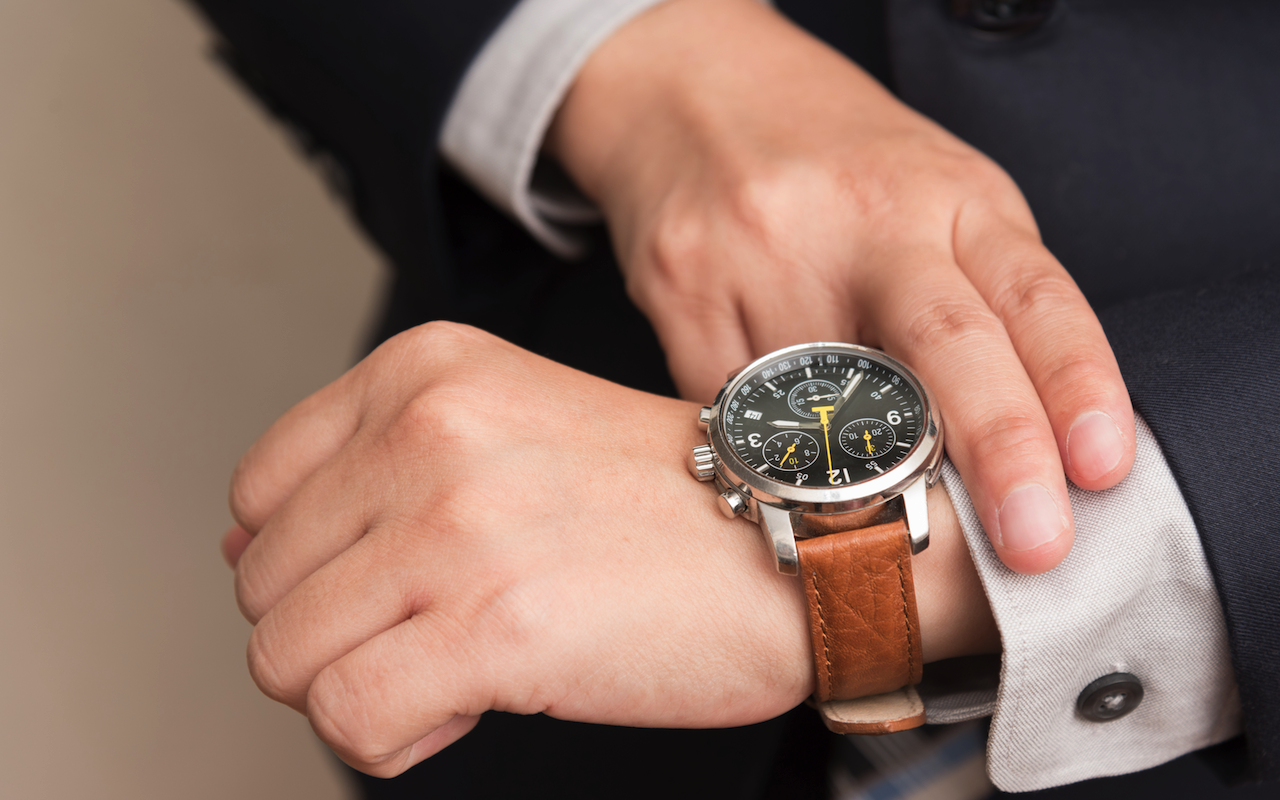
As a business consultant with experience in product evolution and market adaptation, one fascinating case study I often explore with clients is the journey of watch technology. Watches are more than just timekeepers; they are symbols of human innovation, design evolution, and brand storytelling. This article walks through the history of the watch, examines how technological advancements shaped the industry, and explains how thoughtful presentation still plays a crucial role in positioning modern watches in a saturated market.
When Was the First Clock Invented and by Whom?
The journey of timekeeping began long before the modern wristwatch. Ancient civilizations used an ancient tool called sundials as early as 1500 BCE. Historical records suggest that Europe saw the development of mechanical clocks during the 1200s. One of the earliest known designs is attributed to Richard of Wallingford, a scholarly monk who crafted a pioneering timekeeping device around the year 1336. These early inventions laid the foundation for the evolution of modern watches.
Branding and Presentation in the Watch Industry
As watch technology continues to evolve, so does the way it’s marketed and presented. The unboxing experience is part of the brand's promise in the luxury segment. The tactile feel, visual appeal, and durability of packaging directly affect perception.
Brands now invest in custom printed rigid boxes to deliver not just a product, but a premium experience. These boxes reflect craftsmanship, ensure product safety, and reinforce the brand's attention to detail. In a market where first impressions matter, packaging becomes a strategic tool, not just a container.
Evolution of Watches: From Pocket to Wrist
Pocket Watches and Early Mechanics
As timekeeping technology advanced, portable clocks evolved into pocket watches in the 16th century. These were status symbols and highly valued among aristocrats. They weren’t very accurate but were considered fashionable innovations of their time.
Wristwatch Origin and Mainstream Adoption
So, when were wristwatches invented? The invention of the wristwatch began in the 19th century. Originally designed for women as jewelry, wristwatches gained military traction in the early 20th century for their practicality during World War I. The origin of wristwatches can be traced back to early Swiss and German manufacturers who saw both fashion and functionality as market drivers.
In the 1920s, men began wearing wristwatches, and what was once a novelty gradually transformed into a widespread necessity.
Technological Innovation in Watches
Quartz vs Automatic Watches
The debate between quartz vs automatic watches began in the 1960s. Quartz watches, introduced by Seiko in 1969, revolutionized the industry by offering precise timekeeping with less maintenance. They quickly overtook mechanical and automatic watches in popularity due to affordability and convenience.
Automatic or self-winding watches, on the other hand, rely on kinetic energy and appeal to enthusiasts for their craftsmanship and mechanical beauty. The quartz vs automatic watch debate remains alive, reflecting different consumer priorities: precision vs tradition.
Smartwatches and the Digital Leap
The 21st century ushered in technological innovations that changed not only how watches functioned but what they represented. With the advent of smartwatches, companies like Apple, Samsung, and Garmin have merged functionality, fitness, and communication into a single wearable device.
This innovation in watches transformed them into personal assistants and health monitors, targeting new demographics and reshaping the industry's competitive landscape.
Timeless Nature of Watches in Modern Business
Despite digital saturation, watches maintain cultural and emotional value. Their evolution of watches isn’t just technological, it’s symbolic. From heirlooms to collectibles, watches still represent moments, milestones, and identities.
Whether you're an eCommerce entrepreneur launching a watch brand or a manufacturer adapting to smart trends, understanding the modern watch technology landscape and its rich history is essential. And, as with all great products, how you present them can significantly influence sales, loyalty, and perceived value.
Final Thoughts
The history of the watch is a compelling journey of innovation, adaptability, and timeless appeal. From the early mechanical designs to the high-tech digital interfaces of today, watches have continuously evolved to meet human needs and desires.
Yet, one truth remains: even the most technologically advanced watch benefits from thoughtful branding and premium presentation. Whether you're selling classic mechanical models or digital marvels, leveraging quality packaging can elevate your product in the eyes of your consumer.
As we look ahead, one thing is certain: the future of watch technology will continue to merge form, function, and feeling. Businesses that embrace this holistic approach will stand the test of time.
Featured Image by Freepik.
Share this post
Leave a comment
All comments are moderated. Spammy and bot submitted comments are deleted. Please submit the comments that are helpful to others, and we'll approve your comments. A comment that includes outbound link will only be approved if the content is relevant to the topic, and has some value to our readers.

Comments (0)
No comment